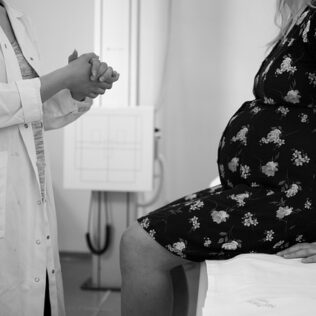When labor is induced unnecessarily, the risk of birth injuries increases. There are medical situations where the benefits of inducing labor outweigh the risks of a birth injury. But when a doctor induces labor for reasons that are not within medically accepted standards, he or she could be held liable if the baby or mother are injured.
When is Induction of Labor Necessary?
Normally a woman’s body will begin the process of labor on its own. But when it does not, labor needs to be induced to prepare the cervix for labor and start uterine contractions. Induced labor can save the life of a baby, the mother, or in some circumstances, both.
A doctor may recommend inducing labor if the mother has gone two weeks past her due date, her water has broken, or her amniotic fluid is low but she has not begun contractions. If the baby has stopped growing or infection or other problems have developed with the uterus or placenta, the baby’s life could be at risk.
Common Risk Factors of Inducing Labor
Before deciding that labor should be induced, the doctor will assess the mother’s cervix according to the Bishop score. The Bishop score is set on a scale of 1-13, and the doctor will need to use his or her judgment to determine the dilation of the cervix, position of the cervix and baby, and the condition of the cervix.
Inducing labor can cause birth injuries related to:
- Problems with umbilical cord
- Lack of oxygen
- Premature birth
Risks of Using Pitocin
Pitocin is a medication that is commonly used to induce labor. Its use is risky. It is linked to preventable birth injuries because its effects are unpredictable. It is a synthetic form of oxytocin, a hormone that is normally produced during labor. Both Pitocin and oxytocin induce frequent strong and long-lasting uterine contractions that are needed for delivery.
Because of its unpredictable nature, Pitocin is typically only used when continuing the pregnancy could threaten the lives of the baby or mother. The doctor will accurately assess the patient, including her Bishop score, to determine the correct dosage to use and whether the cervix is ready for labor.
When misused, Pitocin places the baby in danger because it interferes with healthy uterine contraction rhythms. If the contractions are too long, too strong, or occur too frequently, the placenta is unable to provide enough oxygen to the baby. This puts the baby at risk for HIE or birth asphyxia, which are both oxygen deprivation-related injuries.

